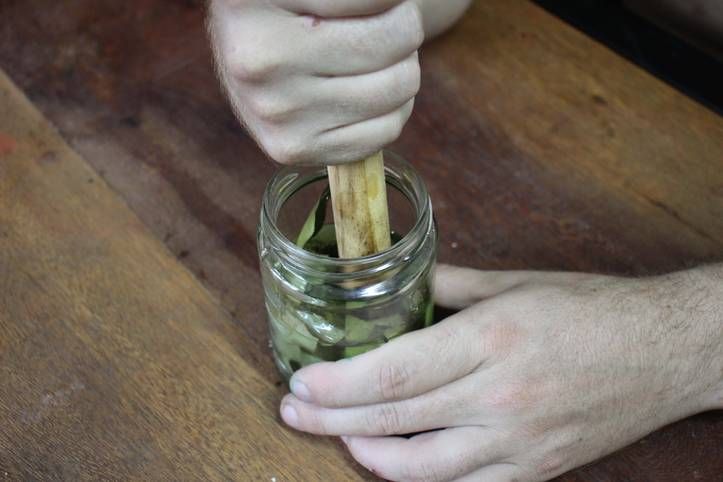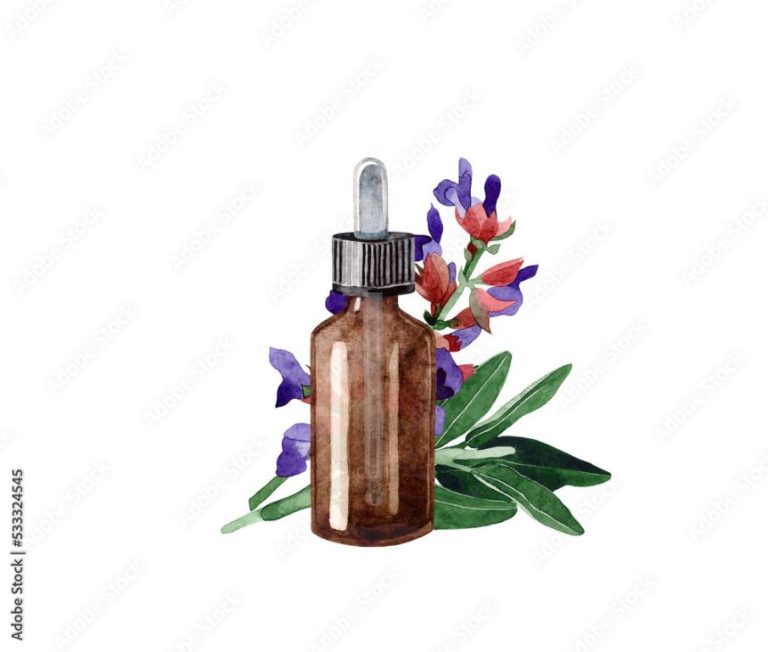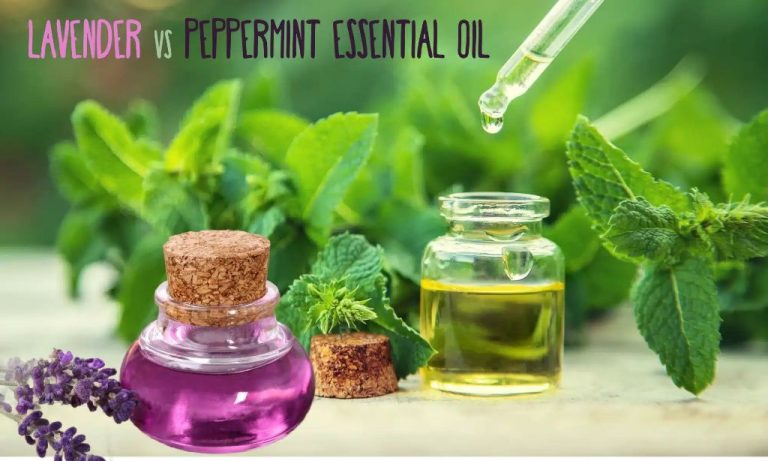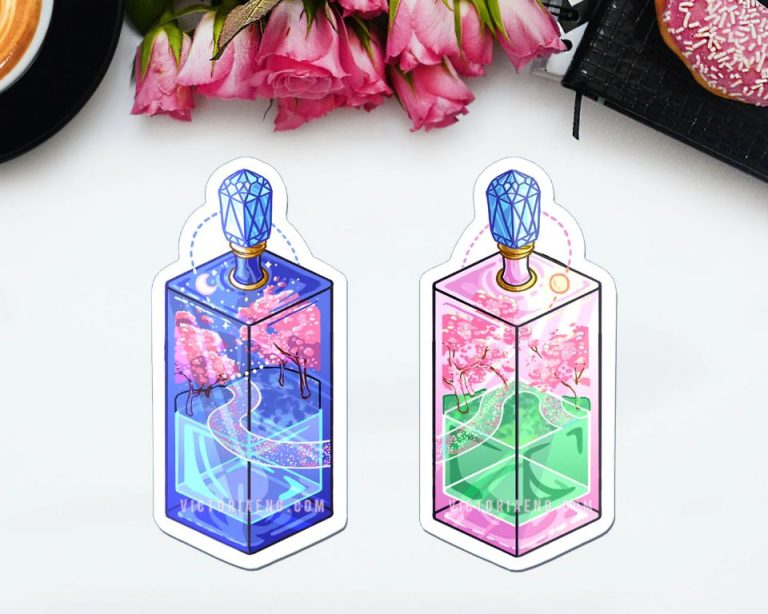What Oil Do Perfumers Use?
Perfume oils have a rich history dating back thousands of years to ancient civilizations like Egypt, where they were highly prized commodities often given as gifts to royalty. The term “perfume” comes from the Latin phrase “per fumum” meaning “through smoke,” referring to the earliest methods of extracting fragrant oils through incense and flowers. Today, perfume oils remain an enduring staple in the fragrance industry, prized for their long-lasting scent and versatility.
Perfume oils are composed of aromatic compounds and essential oils extracted from natural sources like flowers, spices, woods, resins, and fruits. A variety of methods are used to obtain these fragrant compounds, from steam distillation to solvent extraction. The resulting oils are then blended by perfumers into unique fragrance compositions.
Unlike alcohol-based perfumes, perfume oils contain little to no alcohol. This allows the fragrance to last longer on the skin. Perfume oils are commonly used in solid perfumes, massage oils, and home fragrances. When applied to the pulse points of skin, body heat helps diffuse the scent. Many perfumers also offer perfume oils as a hypoallergenic and vegan alternative to traditional perfumes.
This article will provide an in-depth look at the types of oils used in perfumes, from natural essential oils to synthetic aroma compounds. It will also explore best practices for blending, sourcing, and using perfume oils safely and effectively.
Types of Oils Used
There are three main types of oils that are commonly used in perfumery – essential oils, carrier oils, and synthetic oils.
Essential oils are extracted from plants and capture the natural scent or essence of the plant. Some examples of essential oils used in perfumes include rose, jasmine, sandalwood, and citrus oils like lemon and orange. Essential oils are very concentrated so only a small amount is needed in a perfume formula.
Carrier oils, also called base oils, are used to dilute essential oils before they are applied to skin. Common carrier oils are jojoba, coconut, sweet almond, and apricot kernel oil. Carrier oils don’t have a very strong aroma but they help diffuse the scent of essential oils. https://www.arabnews.com/node/2069296/perfume-workshop
Synthetic oils are artificially created fragrance oils. They are designed to mimic natural essential oils or create entirely new scents. Synthetic oils can be cheaper than essential oils and their scent can last longer in a perfume formula. Examples of synthetic perfume oils include jasmine, rose, and musk.
Most Popular Oils
When creating fine fragrances, perfumers tend to use certain essential oils more often than others. Here are the top 5 most popular essential oils used in perfumery:
Rose Oil – Derived from rose petals, rose oil has a rich, floral scent that is quintessential in many perfumes. It is one of the most expensive essential oils.
Jasmine Oil – With an intensely sweet, romantic fragrance, jasmine oil is used to create floral perfumes. It has excellent longevity when blended with other notes.
Bergamot Oil – Expressed from bergamot oranges, this citrusy oil is commonly used as a top note. It adds a bright, uplifting quality.
Sandalwood Oil – Distilled from sandalwood trees, this woody oil has a warm, luxurious scent. It acts as a base and fixative in perfumes.
Frankincense Oil – Derived from frankincense resin, it has a rich, spicy-sweet aroma. It helps provide depth and complexity to perfume compositions.
Essential Oils
Essential oils are concentrated extracts derived from the roots, leaves, flowers, and other parts of plants. They contain the true essence of the plant’s fragrance and have been used in perfumery for centuries. The most popular essential oils for perfume-making include:
Rose oil – Derived from rose petals, rose oil has a very complex floral scent and is considered the Queen of Essential Oils. It takes thousands of petals to make just one ounce of rose oil, making it very precious. Rose oil provides depth and a sense of luxury to perfume compositions (https://www.anveya.com/blogs/top-tips/top-10-essential-oils-for-perfume-making).
Jasmine oil – With an intense, sweet floral fragrance, jasmine oil is known as the King of Essential Oils. It is extracted from jasmine flowers and blends well with other floral and citrus oils. A little goes a long way due to its strong scent. Jasmine adds elegance and warmth to perfumes.
Lavender oil – Distilled from lavender flowers, lavender oil has fresh, herbaceous, slightly woody notes. It is calming and blends well with citrus and spices. Lavender adds a clean, soothing element to perfume compositions.
Essential oils not only provide fragrance but also offer therapeutic benefits. Many are anti-inflammatory, antiseptic, antibacterial, and promote relaxation. When formulating perfumes, perfumers must be aware of and carefully balance the medicinal properties of the oils along with their scents.
Carrier Oils
Carrier oils are used as a base for perfumes to help dilute and carry essential oils. They help make the scent last longer on the skin while also providing additional skin benefits. Some common carrier oils used in perfumery include:
- Jojoba oil – Made from the seeds of the jojoba plant, this oil has a light, silky feel and resembles human sebum. It absorbs easily into the skin and doesn’t clog pores, making it ideal for perfumes. Jojoba is known for its moisturizing and anti-inflammatory properties (source).
- Sweet almond oil – Extracted from almonds, this lightweight oil softly conditions the skin. It has very little scent of its own, allowing the perfume oils to shine through (source).
- Fractionated coconut oil – Derived from coconut oil, this liquid oil penetrates easily without a greasy feel. It has excellent stability and does not go rancid, making it a shelf-stable carrier oil (source).
Carrier oils help disperse and dilute essential oils properly on the skin. They also provide skin nourishment with fatty acids and vitamins. Choosing the right carrier can enhance the scent experience and therapeutic effects.
Synthetic Oils
Synthetic fragrance oils are artificially created in a laboratory setting rather than derived from natural materials like essential oils. They are composed of synthetic aroma chemicals that aim to mimic natural fragrances (Source 1). Some common synthetic fragrance oils used in perfumery include linalool, limonene, eugenol, and coumarin.
Synthetic fragrance oils offer certain benefits over natural oils. They tend to be cheaper to produce, consistent in scent, and available year-round since they do not rely on harvesting seasons. Synthetic fragrance oils also allow perfumers to replicate natural scents that would otherwise be scarce or unavailable. This gives perfumers more flexibility when creating fragrance compositions (Source 2).
Sourcing Quality Oils
When sourcing oils for perfumery, it’s important to find organic, pure, authentic oils from reputable suppliers. Many perfume houses source their oils directly from farms and distillers around the world. High quality essential oils like rose, jasmine, and sandalwood are often sourced from India, Morocco, France, and other regions where these plants are cultivated.
For organic and pure oils, look for suppliers that specialize in all-natural, unadulterated oils for aromatherapy and perfumery. Stay away from synthetic fragrance oils. Reputable essential oil companies will provide GC/MS test reports for their oils to verify purity. According to reddit users, recommended places to buy perfume oils online include this list which compares different perfume oil websites.
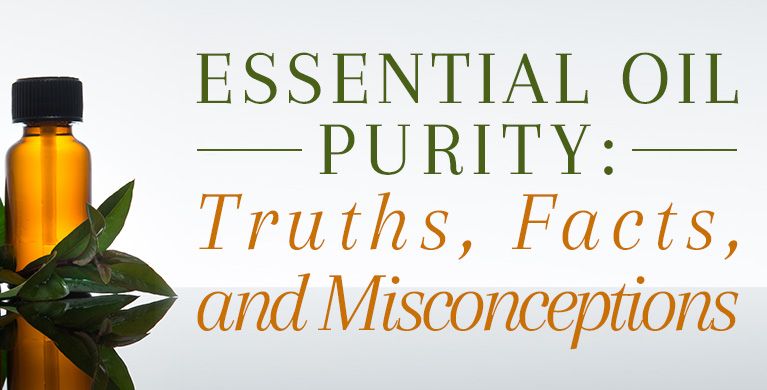
When sourcing oils, prioritize quality over price. High quality oils ensure your perfume composition has depth, complexity, and long lasting fragrance notes. Using pure oils from organic sources also minimizes skin irritations and reactions.
Blending Oils
When creating a perfume, perfumers blend various essential oils together in different ratios to achieve the desired scent. The main notes that make up a perfume accord are:
- Top notes – These oils evaporate quickly and give the initial burst of scent when applied. Common top notes include citrus, herbaceous and light floral oils.
- Middle or heart notes – These form the main body of the fragrance and emerge after the top notes fade. Some examples are jasmine, rose, ylang ylang.
- Base notes – These are the heaviest, slowest evaporating oils that help anchor the scent. Base notes include woods, resins, musks and spices.
A good perfume accord contains oils from each note category blended harmoniously. As a general rule, the ratio of top notes to middle notes to base notes is around 20:60:20. However, this can vary depending on the overall scent impression you want to create.
When blending, start with a small number of oils (2-4) in modest ratios like 80:20 or 70:30. Simpler accords are easier to adjust and balance. You can then build complexity by adding complementary oils a drop at a time until you achieve the desired result. Allow time between additions for the scent to fully diffuse before evaluating if another oil is needed. Recording your perfume recipes is crucial to reproducing successful blends.
Some tips for blending essential oils for perfume:
- Blend within oil families first before combining different families.
- Use lighter citrus and herb oils sparingly as top notes.
- Add woods, resins and spices judiciously as base notes.
- Avoid overcrowding too many middle notes.
- Allow time for each new oil to blend before making adjustments.
With careful testing and practice, you can master the art of blending oils for beautiful bespoke fragrances.
Safety Precautions
When working with essential oils, it’s important to take safety precautions to avoid any potential reactions or irritations. Here are some tips:
Dilution – Essential oils are very concentrated and can cause skin irritation if used undiluted. It’s recommended to dilute essential oils in a carrier oil like jojoba, coconut, or almond oil before applying to skin. As a general rule, essential oils should be diluted to 1-3% for adult skin.
Skin testing – Before using any new essential oil, it’s wise to do a skin patch test to check for any allergic reactions. Apply a diluted amount to a small area of skin and wait 24 hours to see if any irritation occurs.
Storage – Essential oils can evaporate and degrade quickly if not stored properly. Keep them in dark glass bottles, away from light and heat. Refrigeration can also help extend the shelf life of oils.
It’s also important to keep oils out of reach of children and pets. Always follow usage guidelines and dilute oils properly before use. Check with a doctor before using if pregnant, nursing, or taking medication.[1]
Conclusion
The oils used in perfumes serve a critical purpose. Essential oils provide fragrance while carrier oils dilute and stabilize the scent. Choosing high quality oils and blending them artfully is the key to creating beautiful, long-lasting perfumes. When handled properly, natural plant oils can produce captivating and memorable aromas.
In summary, essential oils like rose, jasmine and sandalwood supply the fragrance profile at the heart of perfumes. Carrier oils like jojoba and fractionated coconut oil help build out the structure and longevity of the scent. Synthetic aroma chemicals can supplement or replace natural oils. Sourcing oils ethically and blending them in the right proportions makes all the difference in crafting perfumes that stand out. With care and creativity, perfumers can use oils to produce unique scents that evoke memories and emotions.
The world of perfume oils offers much complexity and nuance to explore. However, by understanding the core roles and sourcing high quality ingredients, perfumers can unlock the full potential of oils to create beautiful, inspiring fragrances.

